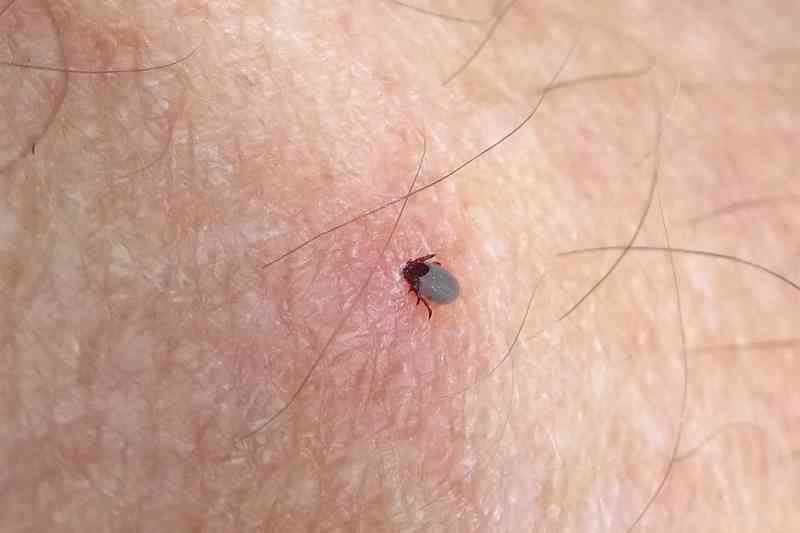

#Tick bites on dogs how to
If you’re not sure how to remove the tick or you have difficulty trying to get it all out, take your dog to a vet. Removing a tick from a dog can be difficult because it’s important that you get the whole tick out without leaving its mouthparts buried in your dog’s skin, as this could lead to an infection.

Ticks can start to pass on diseases in as little as 24 hours, so it is important that they’re found and removed as soon as possible in order to reduce the risk of transmission of potentially harmful organisms. The key areas to inspect are the head, neck, ears and feet as these are where they’re most commonly found. Be sure to check for any lumps and bumps as ticks will usually feel similar to a small bump (which can sometimes be mistaken for a little skin swelling or mass). The best time to check your dog for ticks is as soon as you get back from your daily walks. Tick bites on dogs can also cause irritation and redness. You’ll usually find them around your dog’s head and neck area - just part your dog’s fur and run your fingers along their skin. They can also bite humans too, and some ticks can transmit diseases.ĭog ticks are just large enough to be visible, especially if they’ve already had a bite – then they can look like small warts, and on closer inspection you can see their legs, too. There are several types of tick that can affect dogs in the UK, including dog ticks, sheep ticks and hedgehog ticks. Although dog ticks are very tiny, they can swell up to the size of a pea once they’ve attached themselves to your dog by burying their mouthparts into their skin. Ticks are eight-legged parasites that bite your dog to drink their blood.

Luckily there are simple ways to help prevent, and treat, ticks on dogs. These pesky parasites are very adept at attaching themselves to your dog’s coat, even if you do your best to avoid them. It’s not uncommon for a dog to have ticks.


 0 kommentar(er)
0 kommentar(er)
